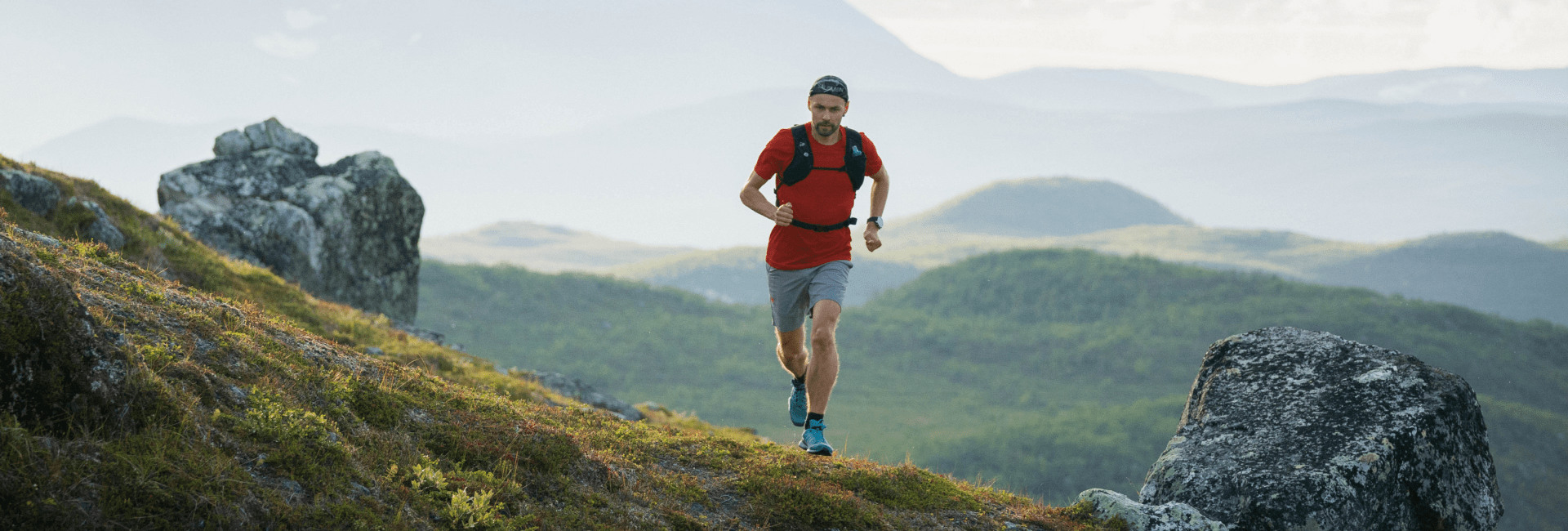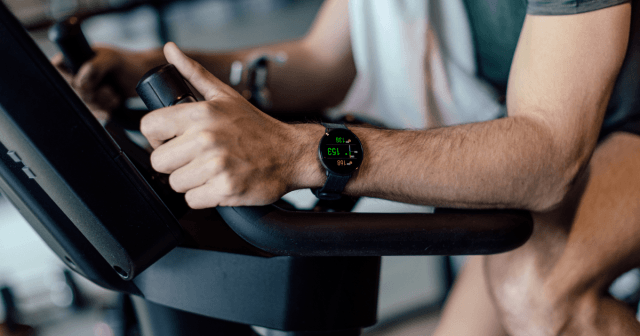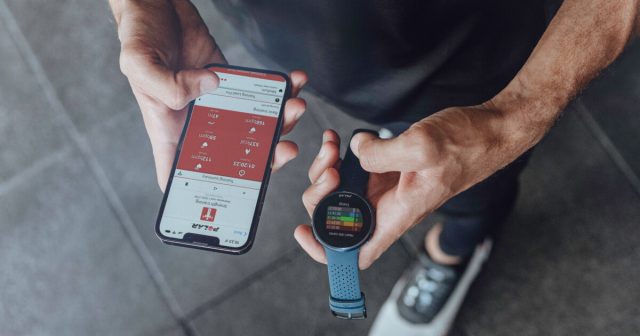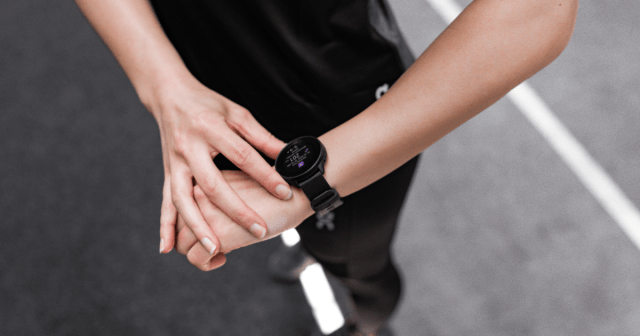Imagine arriving at the 1968 Olympic Games in Mexico City, ready to take part in the competition of your lifetime. You’d spent your whole career building towards this moment, only to discover that being over 7,400ft above sea level (where Mexico’s capital resides) left you struggling to catch your breath. Suddenly, performing at your peak was disappointingly out of the question.
Suffice it to say many athletes weren’t happy with their results at these history-making games, and the Olympics have never been held at such an altitude since. Most notably, though, most of the runners and swimmers who competed but were unable to smash records did discover their performance was noticeably enhanced in the weeks after returning home.
High-altitude training, as it is now known, found its moment in Mexico City, and with the rise of sports science in the coming decades, it became a popular approach for endurance athletes looking to gain that competitive edge. These days triathletes, cyclists, swimmers, mountain bikers, marathoners, and other runners commonly spend time training or living in elevated locations.
So, what exactly is high-altitude training? Simply put, it’s the practice of spending time in places high above sea level so your body adapts to less oxygen, enhancing your athletic performance. For some, this approach helps them compete competently at a high altitude. For others, it boosts their ability to perform at a lower altitude.
In this blog, we will examine why athletes train at high altitudes, the reasons for this training style, the benefits, and how you can try this approach even if you aren’t a professional athlete.
Why athletes train at high altitudes
Nestled in the Ethiopian mountains, Bekoji is a small, unassuming town with less than twenty-thousand residents, yet one impressive reputation. The Guardian once called it “the fastest place on Earth,” owing to its success at producing gold medalist endurance runners, an athletic category dominated globally by Ethiopian and Kenyan runners. One crucial factor is Bekoji altitude: a breathtaking 10,500 feet above sea level.
Of course, while high altitude = low oxygen environments, you don’t have to go quite so high to reap the benefits of this form of training. At the foothills of the Rocky Mountains in northern Colorado, Boulder is regarded as a mecca for American elite distance runners and comes in at the comparatively modest 5,430 ft. But why the need to go so far in the first place?
At higher altitudes, there is lower atmospheric pressure. Here, your body will find it hard to transfer oxygen into your blood, leading the air to feel ‘thinner’ to breathe and your body to tire more easily. These lower oxygen levels make your body work harder. At an altitude of 10,000 ft, your body will need around 25-30% more energy than it would for the same sea-level exercise. Hence why some athletes in 1968 found the Games so grueling.
High-altitude training is itself an umbrella term that covers three different approaches:
- Train high, compete high: when taking part in high-altitude competitions, athletes (such as cyclists, runners, and mountain racers) need to spend time living and training at the same elevation as the event’s location so they can adapt.
- Train high, compete low: high-altitude training camps, like the one in Boulder or Spain’s Sierra Nevada, are popular locations for athletes to prepare for an upcoming sea-level event or to spend their off-season improving their
- Live high, train low: developed by the Univesity of Texas, USA, this approach for elite athletes involves permanently living and doing light training above 8,000ft but completing hard training below 4,000ft, where their muscles can work harder with more oxygen.
While each approach involves different combinations of living, training, and competing, they each encompass similar benefits from using altitude.

How training at high altitudes benefits athletes
Red blood cells are the food delivery drivers fuelling your hungry muscles. When you exercise, these cells whizz oxygen to their door, enabling the production of energy to keep you powering on. The air contains fewer oxygen molecules at higher altitudes, meaning you get less with each breath. Your body responds to this by adding more ‘drivers,’ attempting to boost oxygen delivery so you can keep up.
This expansion of your blood is seen as the primary benefit of high-altitude training. Red blood cells have a life cycle of around 20 days, so even after an athlete returns to sea level, they’ll still be teaming with oxygen providers. Compete in an event during this window, and they’ll naturally breathe easier and have more energy.
There is one key one for high-altitude training: it’s hard to judge your rate of perceived exertion at a new elevation. Difficulty breathing, tired muscles, and decreased speed don’t signify its time to stop at a higher altitude, so while you may stop sooner, you could also easily overtrain if you keep pushing yourself.
Along with improving oxygen flow, high-altitude training can also boost your VO2max. Measuring your oxygen intake during intense exercise, a higher result of this metric indicates a better capacity for endurance. Your tolerance to lactic acid, which contributes to muscle fatigue, also improves, meaning you can go longer without tiring.
Of course, the enhanced results are still relatively minimal, around a 1 to 2 percent improvement. Yet, for an elite athlete, this tiny margin can mean the difference between missing out on the final and making history.
As for disadvantages, there is one key one for high-altitude training. It’s hard to judge your rate of perceived exertion at a new elevation. Difficulty breathing, tired muscles, and decreased speed don’t signify its time to stop at a higher altitude, so while you may stop sooner, you could also easily overtrain if you keep pushing yourself.
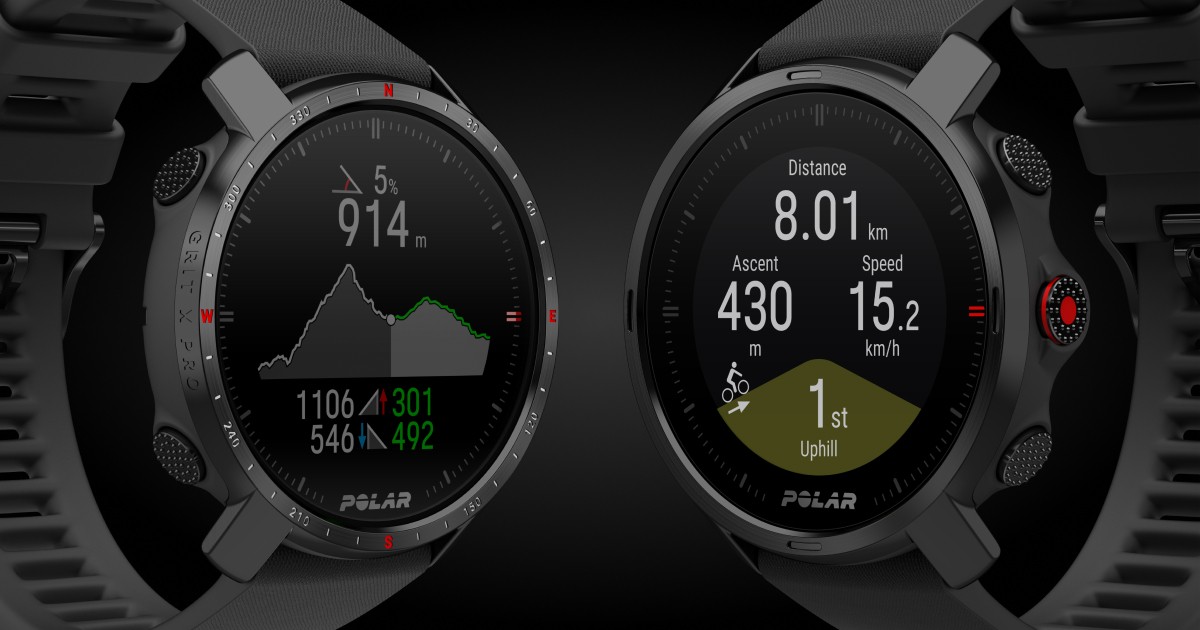
High altitude training if you aren’t a professional athlete
While you may have yet to set your sights on competing in the next Olympic Games, there’s every chance you could find yourself up in the mountains on your next holiday. It could be a ski break or an opportunity for long hikes. Whatever the reason, spending time in an elevated location is a great way to experience what it’s like to do some high-altitude training.
How high do you need to go?
Low altitude includes anywhere less than 4,000 feet above sea level, so you need to set your sights relatively high. At around 7,000 feet, such as Flagstaff in Arizona (the highest point on USA’s Route 66), you’ll begin to feel the effects of your elevated location without too many of the adverse side effects.
Aiming higher, such as the snowy scapes of Spain’s Sierra Nevada mountains (whose Veleta Peak reaches 11,148 feet), means you’ll put your training to the test but also have an increased risk of headaches and nausea. So, it comes down to what you want to experience.
How Long Should You Spend At Altitude?
Well, how long do you have? Most coaches recommend spending at least two weeks at altitude, although it takes at least four to begin experiencing any real performance enhancement. However, the adaptation to altitude begins very soon after you arrive, so your body should start producing more blood cells by the end of the first week. That means even spending seven days at altitude could be enough to train your lungs in addition to your arms and legs.
If you’re heading to the mountains to try a ‘train high, compete low’ approach, it all comes down to personal preference. Some like to compete immediately, while others wait a few weeks. If it’s your first time, best to be cautious and arrive back two or three weeks before your race. Again, if you’re competing at altitude, you may wish to spend a week acclimatizing before race day, or with experience, you may discover it’s better for you to arrive at the last minute. It all comes down to what works for you.
Be prepared to feel different
You won’t know exactly how your body adapts to altitude until you arrive. Shortness of breath and headaches are common, so take the first couple of days to adjust and ease into your new surroundings, especially if you are transitioning to an exceptionally high altitude.
If you are competing in this new environment, it’s good to remember that altitude adaptation occurs no matter what you do. Exposure to the elevated climate will help you adjust, so there is no need to do much more than rest well and go for an easy hike.
If you are training high to compete low, then it’s essential to know that any illness will prevent you from reaping the benefits. Even with a slight cold or high-elevation sickness, your body will suppress the production of new red blood cells so that you won’t gain anything from the experience. Better to rest up or return to sea level.
Likewise, pushing yourself to do as much training as possible during a short burst of high-altitude training will stress your body out, weakening your immune system and limiting your ability to produce more red blood cells. So, give your body time to adapt when you first arrive by sticking to easy runs and low or moderate-intensity workouts. After the first few days, if you feel good, then you can increase your pace.
Tracking your training at altitude
You may notice some interesting results on your sports watch when you’re training at an elevation.
Firstly, your maximum heart rate will be lower even after you’ve adapted to the altitude. Also, your workouts will be slower than usual, somewhere around 5-15%, so don’t expect to stick to the same training schedule as you would at sea level. Instead, focus on how your exercise feels and track your data as you go.
Finally, you’ll discover you’ll need longer to recover, especially during the first few days, as your body will receive less oxygen. So, it’s okay to take extra time for rest when you arrive and additional days between training sessions to allow muscle recovery.
One of the best things about heading to a high altitude with a watch like Polar Grit X Pro is that you can use its amazing outdoor features. Not only can it withstand temperatures as low as -20°C (-4°F), but this sports watch also includes superior navigation technology with Komoot, route and elevation profiles to track where you’re at and tell you where you’re headed, and an altimeter, compass, and coordinates. Plus, you can discover how you performed on up and downhill sections with Hill Splitter™. It’s the ideal wearable tech for adventuring in the mountains.
Nutrition at altitude
In order to make new red blood cells, you’ll need lots of hemoglobin, the protein contained inside them that is responsible for delivering oxygen to your tissues. To boost your stores, you should eat lots of iron-rich foods, like beans, red meat, and dark, leafy greens. Add these to your diet before you travel and continue while you’re at altitude and when you get home.
Hydration is also essential, as you may sweat more and need more humid air in your lungs at dry, high altitudes. A moderate increase in your carbohydrate intake may also be necessary as the lower oxygen levels mean you work harder and thus need more fuel for your body.
Conclusion: high-altitude training
As we have seen, living at a higher altitude can significantly impact your body, making training and competing here considerably more challenging.
Key points include:
- High altitude = low oxygen environments, so your body requires more oxygen and will increase levels of red blood cells to aid this.
- There are different reasons for training at altitude, including adapting to competitions or training to improve performance at a low elevation.
- High altitude training can also boost VO2Max and tolerance to lactic acid.
- You need to spend at least a week at altitude and somewhere over 7,000 ft above sea level to feel any benefits.
- Good hydration and iron-rich foods are essential for your body to adapt to a higher climate.
Remember, if you love the outdoors and training at elevation, Polar Grit X Pro is the perfect sports watch for all your adventures.
If you liked this post, don’t forget to share so that others can find it, too.
Or give it a thumbs up!
I like this article
Please note that the information provided in the Polar Blog articles cannot replace individual advice from health professionals. Please consult your physician before starting a new fitness program.
